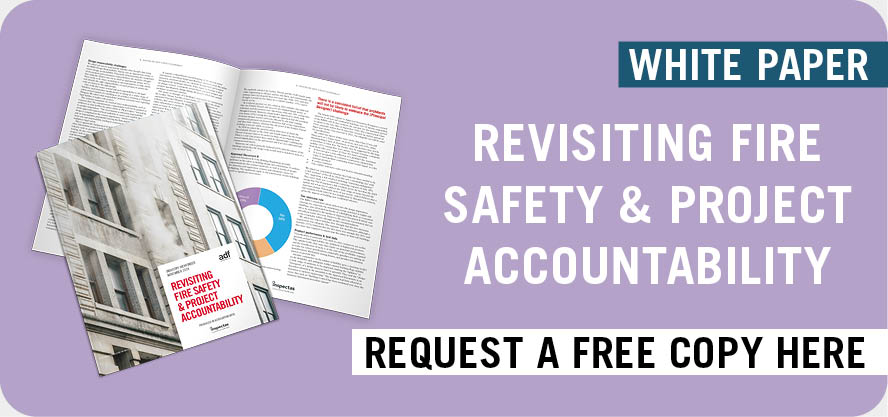Tim Whiteley, co-founder, Inevidesk
Recent Census data shows 22.6% of architects are self-employed, significantly higher than the wider UK working population (16.8%). This could be attributed to a post-pandemic reset in demand for architects, meaning architects are doing freelance work alongside their main job.
Freelance architects are valuable to firms looking to support workload peaks and on particular projects. Along with fresh ideas, specialisms and project management, consultants bring a cost-effective way to scale as work comes in, rather than taking on permanent new hires. This is especially pertinent given the tumultuous economic climate and slowing down of UK project pipelines.
However, this way of working can also throw up challenges, which firms must identify and remedy to ensure a mutually beneficial relationship.
The challenges for architects
Compared to traditional office workers, freelance architects face more difficulty due to their design software requirements which require high levels of graphical compute power.
Here are some examples of how high-performance work throws up complexities for freelance working:
Architecture firms traditionally work with large, fixed workstations. When scaling the team rapidly, they may nineed to invest in new workstations to cope with extra capacity. But following short-term projects, freelance support ends and potential £2-5K workstations sit gathering dust. The alternative, of allowing the freelancer to use their own workstation, introduces security risks that are unacceptable in today’s ever more threatening cyber security landscape.
Freelancers likely need to work flexibly and remotely, but working on data-rich models from home can be tricky when an organisation needs to ensure effective performance, data security and asset management. Deployment of hardware and software can also be challenging when resource, especially short-term resource, is dispersed geographically. Ideally, this should be something that can be managed centrally and quickly. In minutes or hours, rather than days and weeks.
Reconfiguring your office’s tech set-up
Architecture firms must overcome these barriers by reducing their dependency on fixed physical office-based workstations and servers.
Many architecture firms have turned to cloud-based solutions that promise to solve collaboration challenges, but most don’t provide comprehensive support for all requirements. For example, BIM 360 (now Autodesk Build) alleviates the constraints of physical co-location for Revit users, but requires investment into additional user licenses which is a further cost burden, plus local high performance workstation resource which raises security and asset management issues. It also only works with Autodesk products, meaning firms need multiple cloud services for other software, with data becoming more decentralised and harder to manage.
Rather than getting stuck in multiple cloud subscription services and dispersed data and workstation resource, firms should explore the scalable and flexible tech option of virtual desktop infrastructure. VDI enables a move away from fixed desks, while keeping data and resources in a central, secure and resilient location and much more efficient central administration of assets. Freelancers can use any laptop or device to access and work on complex design models from anywhere and, as long as the right solution is employed, without impacting on performance or security.
A mutually beneficial relationship
Freelancers are vital for the architecture sector. Firms must create an environment for them to work productively and securely. By investing in the right technology, they can avoid poor performance and compromising security; welcoming freelancers who can support their practice during times of growth.



